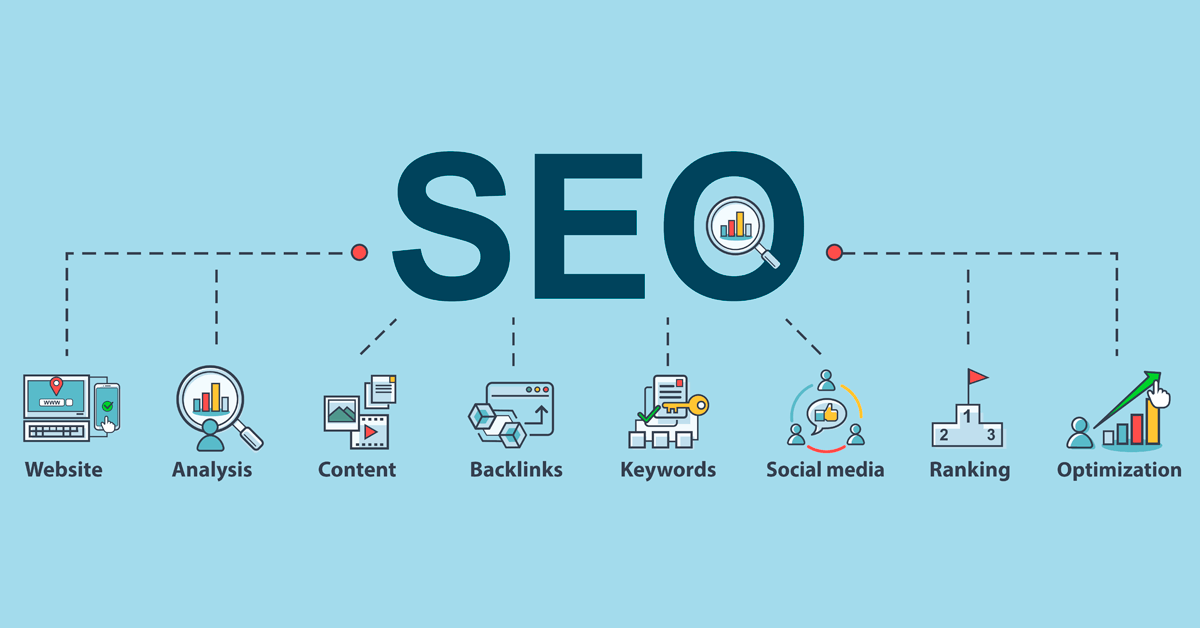Are you curious about the fascinating world of forex algorithmic trading? In this exploration of algorithms, you will uncover the secrets behind this innovative approach to trading.
Algorithmic trading offers a lot of positive aspects, permitting you to make informed decisions and execute trades swiftly. Irrespective of whether you are a seasoned trader or just beginning out, understanding the common strategies utilised in algorithmic trading can boost your trading expertise.
Additionally, we will delve into the function of technical analysis and how it intertwines with forex algorithms, as nicely as the developing influence of machine learning in this field.
Although forex algorithms present exciting possibilities, it is critical to acknowledge the challenges and limitations they may possibly pose.
So, let’s embark on this journey with each other and unravel the mysteries of forex algorithmic trading.
Rewards of Algorithmic Trading
Algorithmic trading presents many benefits that can considerably improve your trading practical experience.
Firstly, it gives speed and efficiency. With algorithms executing trades automatically and instantaneously, you can take advantage of market opportunities without the need of delay. This eliminates the need for manual entry and reduces the risk of human error.
Secondly, algorithmic trading makes it possible for for increased accuracy and consistency in your trading approach. By following pre-determined guidelines and parameters, emotions and subjective selection-making are eliminated, major to far more disciplined and objective trading.
Additionally, algorithmic trading enables you to backtest and optimize your methods primarily based on historical data, enabling you to determine and refine profitable trading approaches.
Lastly, algorithmic trading can present access to a wider variety of markets and instruments, maximizing the prospective for diversification and profit.
Popular Algorithmic Trading Methods
There are different well-known algorithmic trading tactics that you can look at implementing in your forex trading.
One widespread method is trend following, where you aim to determine and ride the market trends by entering trades in the identical path as the trend.
Another technique is mean reversion, which entails taking advantage of cost deviations from their average value, with the assumption that costs will at some point revert to their mean.
Also, breakout trading is a strategy that includes getting into trades when the price tag breaks out of a defined variety or pattern.
Additionally, statistical arbitrage is a tactic that requires advantage of pricing inefficiencies amongst related economic instruments.
Lastly, momentum trading requires entering trades based on the strength and persistence of price movements.
These are just a couple of examples of preferred algorithmic trading tactics that you can explore and incorporate into your forex trading.
Technical Evaluation and Forex Algorithms
To properly incorporate technical analysis into your forex algorithmic trading, make use of quantifier determiners to determine essential patterns and trends in the marketplace. These determiners, such as ‘all,’ ‘some,’ or ‘most,’ enable you establish the significance of specific indicators or factors in your trading algorithm.
By making use of these quantifier determiners, you can prioritize the most relevant patterns and trends to incorporate in your algorithm. This enables you to focus on the info that’s most probably to lead to productive trades.
On top of that, look at making use of a variety of technical evaluation tools, such as moving averages, oscillators, and chart patterns, to additional improve your algorithm’s capacity to recognize lucrative trading opportunities.
Machine Mastering in Forex Algorithmic Trading
Machine understanding plays a essential function in improving the effectiveness and accuracy of your forex algorithmic trading strategy. By using machine finding out tactics, you can train your algorithms to analyze vast amounts of information, identify patterns, and make more informed trading decisions.
These algorithms can learn from previous marketplace information, adapt to altering marketplace situations, and constantly strengthen their efficiency over time. Machine understanding algorithms can be applied to forecast currency movements, identify profitable trading opportunities, and manage risk additional effectively.
They can also help you automate the trading procedure, saving you time and work. On top of that, machine finding out can help in optimizing parameters and adjusting trading approaches based on genuine-time industry information.
Challenges and Limitations of Forex Algorithms
1 significant challenge faced by forex algorithms is the restricted availability of reputable historical market information. Precise historical information is vital for algorithmic trading because it aids recognize patterns and trends in the market place. Even so, getting dependable information can be a challenge. Historical information from distinctive sources might have inconsistencies, errors, or missing details, which can effect the accuracy of the algorithms.
Furthermore, the forex market place is dynamic and frequently evolving, generating it tough to rely solely on historical information for predicting future industry movements. Also, the availability of historical data may differ based on the currency pair or trading platform, further complicating the algorithmic trading procedure.
Regardless of these challenges, forex algorithms continue to evolve and adapt to overcome limitations and enhance their functionality in the ever-altering forex industry.
In conclusion, forex algorithmic trading provides a lot of added benefits such as improved efficiency and decreased human error. Prevalent trading approaches, technical evaluation, and machine mastering are essential elements in developing effective algorithms.
Nevertheless, challenges and limitations exist, which includes the will need for continuous monitoring and potential market place volatility.
Despite these challenges, forex algorithms supply traders with precious tools to analyze and execute trades in the dynamic currency markets.


 r and more convenient because they could have their medications stuffed from the comforts of their particular homes.
r and more convenient because they could have their medications stuffed from the comforts of their particular homes.